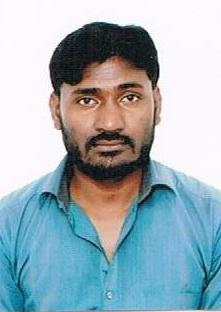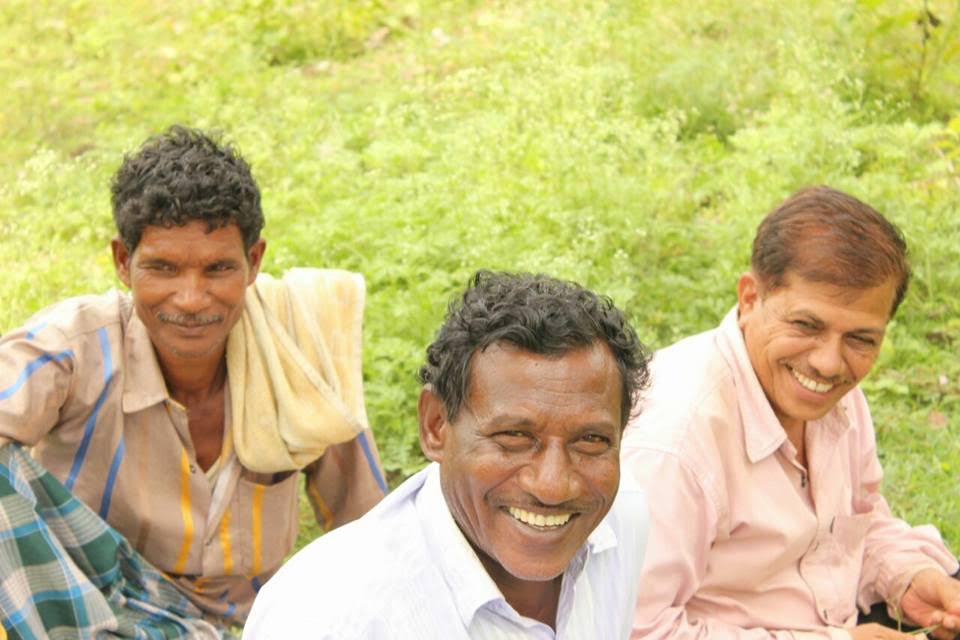Dr. Hawaldar Bharti
By the end of the second decade of the 21stcentury, the perception that the end of the Dalit movement is here seems to be getting stronger. It is observed that this conception about the decline of the Dalit movement is being spread. Likewise, the perception is spreading among the general public and scholars that the Dalit movement is now disintegrated, is taking its last breath and its future is in danger. However, those people who share this perception are seeking the Dalit movement in political success. In this context, the Dalit movement certainly seems to be standing far away from political power. Apart from this, the issues of Dalits, Backward Classes and Tribal societies have also disappeared from the election manifestoes of political parties. Therefore, if any person tries to find the Dalit movement in political success, then surely he/she will assume that the Dalit movement is weakening and dying, although, political ups and downs, success and failure are common and natural phenomena that can be found in the history of any political parties and ideologies. It can be said that stable control over political power is not possible.
But when the Dalit movement is explored in the social, cultural and educational fields, the situation is different from the political arena. To understand the Dalit movement, it has to be investigated in Indian history. After the investigation of Indian history, it can be found that the legacy and tradition of the Dalit movement is deep-rooted, from the beginning of the establishment of Brahmanical structures to the current age. As Babasaheb Dr. Bhimrao Ambedkar, while explaining Indian history, theorized that Indian history is nothing but a history of revolutions and counter-revolutions, wherein he saw the establishment of Buddhism and its ideas as a revolution and the establishment of Brahmanical religion and ideas against it as a counter-revolution. In the above context, today we see the ideas of Buddhism, Ambedkarism and revolution against exploitation in the form of the Dalit movement as a continuation of the legacy of this ages old movement. In this way, despite the lack of social, political, economic, educational and cultural capital and resources since ancient times, the Dalit movement is being continued and is carrying forward its legacy, with some limitations like regional and language barriers, and ups and downs.
The Dalit movement has historically struggled against the exploitative, inhuman, unjust i.e. Brahmanical forces and ideas, from ancient times to medieval and modern times. The struggles and thoughts of Mahatma Buddha to Kabir, Ravidas, Chokhamela, Ayyankali, Jotiba Phule, Sabitribai Phule, Shahuji Maharaj, Narayan Guru, Periyar Ramasamy, Birsa Munda, Babasaheb Ambedkar, Ramswaroop Verma, Lalai Singh Yadav and Manyavar Kashiram, are important examples of it.
In the light of some political success, a section assumes and predicts the end of the Dalit movement. They have to understand the strength and intensity of the Dalit movement through following some important instances. First, in the year 2019, there was a widespread movement all over India against the 13 point roster system. The expansion, intensity, and strength of the movement against the 13 point roster system forced the government to back down and continue with the previous 200 point roster system. Another important example is when there was an attempt to be weaken and make ineffective the SC/ST (Prevention of Atrocities) Act 1989, there was a movement against it, not only from all over India but at the global level. Due to this movement, a Bharat Bandh movement took place on 2nd April 2018. One of the important aspects of this movement is that it was neither led by any national leader nor it was pre-planned. It was rather a spontaneous movement that had ideological commitment and loyalty. It can be said that it was an unplanned, unstructured and unintended movement. Seeing the breadth and intensity of this movement, the government had to step back and withdraw the amendment bill. In the third example, we see that when there was a successful movement for the implementation of reservation for Backward Classes in NEET. The movement was so broad that it broke regional, linguistic, and ethnic boundaries. The virtue of this movement was that it connected movements from the North and the South. For this, it got support from all over India and at the global level. In this movement, there was a lot of support from Dalit, Backward, Tribal societies, due to which it got more strength. Consequently, agitators won the battle and the movement achieved its objective.
Apart from such spontaneous, reactionary and unstructured movements some constructive, action-oriented, intended, and structural movements are also taking place which have to be taken into consideration. It would not be an exaggeration to say that the Dalit movement has now become more widespread, effective, intense, and stronger. Dalits, Backward, Tribal and religious minorities–people of almost all sections of society are vocally supporting each other and participating in their movements. In other words, the Dalit movement is now breaking the linguistic, regional, religious, caste barriers. Therefore, instead of understanding the Dalit movement based on political success, if one searches for it in the social, cultural, educational fields, then he/she will find that the Dalit movement is flourishing despite all the shortcomings. Every day they are on the street to fight against innumerable issues. Like in social and cultural fields, many programs are being organized on the birth and death anniversary of social revolutionaries, to take forward their philosophies and values. Various songs or other programs on social media, which are informed with the thoughts of great personalities, such as the thoughts of Buddha, Phule, Birsa, Shahuji Maharaj and Ambedkar, are flooding public spaces.
Similarly, in educational institutions, teachers and students from Dalit, Backward Classes and Tribal communities are fighting for the movement and thoughts and actions of egalitarian thinkers are included in the mainstream debates and discussions. The establishment of several students’ organizations like Birsa Ambedkar Phule Students Association (BAPSA), Ambedkar, Students’ Association (ASA), Bahujan Vidhyarthi Morcha (BVM), Ambedkar University, Dalits Students’ Union (AUDSU), Bhartiya Students’ Federation (BSF), United Dalit Students’ Forum are United OBC Forum (UOBCF), etc. is a vital example of the Dalit movement taking place in the educational spheres. In the context of structured, planned, predetermined, deliberate and constructive movements one can see some significant organizations which are doing remarkable work for awakening and enlargement of the Dalit movement. For instance, the Backward and Minorities Classes Employee Federation (BAMCEF) is a well known and established organization that has the capacities and structures all over India to counter the Brahmanical forces on ideological and practical grounds. Swayam Sainik Dal (SSD) is another organization based in Gujarat, Rajasthan and Maharashtra that was started in 2006. SSD is rapidly growing, establishing and spreading its ideology and agendas in such states. However, it does not believe in constituting structures within its organization. In other words, SSD does not have a structured and proper body of organization and believes that every member of the organization has equal status and identity. Their commitment and loyalty regarding the movement can be seen in their extensive work every day of the year and every time of the day. Its members utilize their resources for the movement.
It works gradually and has a long-term blueprint and plan for the success of the movement. Along with this, there are many more other social organizations in different states of India which are doing the same. Such kind of activities and efforts are taking place on a large scale in every socio-cultural, educational and other institution. Several groups and individuals are spreading consciousness and mobilizing historically, socially, economically, culturally and politically oppressed communities against Brahmanical values and authority. If you leave aside the political failures, it is seen that the Dalit movement is expanding and getting strong in other socio-economic, cultural and educational institutions. However, the pace of the entire exploited society joining this movement is a bit slow. But looking at the above examples, it appears that in the coming times, all the subjugated and oppressed communities will join the Dalit movement and fight for their rights.
~
Hawaldar Bharti holds a Doctorate from Central University Gujarat, Gandhinagar Gujarat.
Email- bharti.r22@gmail.com, Cont. 9415768447.










